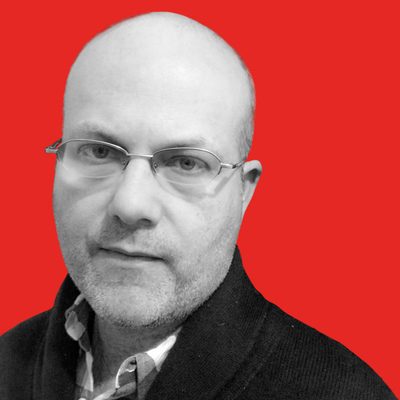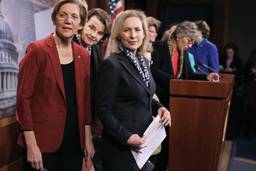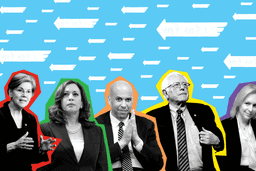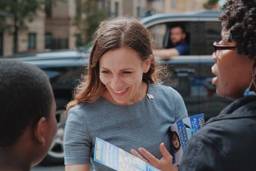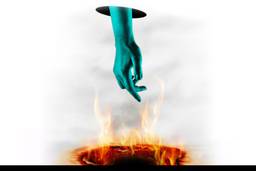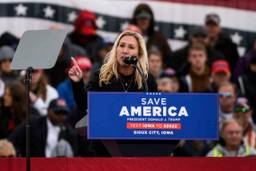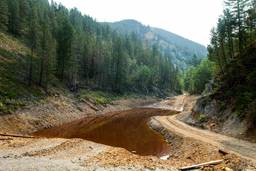Our Most Vital Infrastructure Isn’t “Crumbling.” It Hasn’t Been Built Yet.
To fight climate change, we need a new vision for green transit.
Theo Anderson
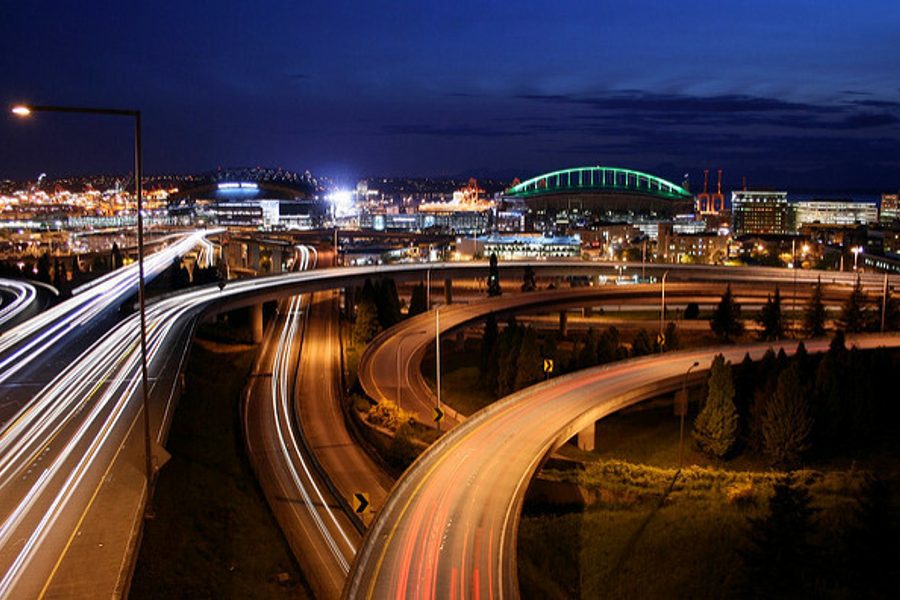
There isn’t much downside to proposing more infrastructure spending. That’s the generic name for everything from dams and levees to railroad tracks and schools, but it mostly means roads and bridges. Hillary Clinton and Donald Trump have both made infrastructure spending central to their campaigns, with Clinton calling for $275 billion in new spending over five years and Trump mocking her plan as too small. He told Fox Business Network in August that Clinton’s number was “a fraction of what we’re talking about.” Trump offered few specifics of his own but did say that he would double Clinton’s proposal, “and you’re really going to need more than that,” since “we have many, many bridges that are in danger of falling.”
He won’t get pushback on that last thought. It’s past the point of tired cliche to call our infrastructure “crumbling,” and a well-publicized report card that’s put out by the American Society of Civil Engineers reinforces the point. The most recent version gave the nation’s infrastructure an overall grade of D+, with roads receiving a D and bridges a C+.
As Republican pollster Frank Luntz noted in 2009, “a near unanimous 94 percent of Americans are concerned about our nation’s infrastructure.” Specifically, “84 percent of the public wants more money spent by the federal government — and 83 percent wants more spent by state governments — to improve America’s infrastructure.” Things haven’t changed much since then. A poll released last year found that 84 percent of respondents thought “modernization of the nation’s infrastructure” should be a high priority for Congress, provided their city saw direct benefits.
It’s a weirdly favorable moment for government investment. There is widespread agreement on building infrastructure, and a Republican presidential nominee who’s calling for at least double the spending proposed by the Democrat. What’s the path forward?
First, some skepticism. Infrastructure is such a vague category with such broad general support that it covers all manner of nonsense and lies. Trump, for example, has claimed that 61 percent of bridges in the United States are “in trouble.” The Federal Highway Administration puts the number at 10 percent. And not every bridge that’s ever been built needs to be maintained. Some need to be torn down.
The 800-pound gorilla of infrastructure — road building and repair — needs an even closer look. There is considerable doubt whether the “crumbling roads and bridges” framework even fits. In 2013, the Reason Foundation released a report on the nation’s roads and bridges over a two-decade span. It found that in all but two states, their condition had actually improved in at least five of seven metrics, including congestion levels and the quality of urban and rural roads. And the study ended in 2008 — right before President Barack Obama’s stimulus package targeted infrastructure for tens of billions of dollars in new investment.
The Reason Foundation has a libertarian agenda, and its report should be taken with that grain of salt. But, in either case, whether they have crumbled or improved, roads are “investments that were made by our parents and grandparents,” as Clinton puts it. She intends that as an argument for investing more in them. But there’s another takeaway: They were built in a different era, for a different era.
We still using them heavily, of course. Americans drove more than 280 billion miles in June — a 3 percent increase from June 2015 — and low gas prices mean that we’re on a path that could establish a new record for gas consumption. A big reason we use the roads so much is that we keep investing in them — not just for repair, but in expanding them and building new ones.
It turns out that people use the modes of transportation available to them. When it’s easily accessible, they use more of it. That fairly obvious truth has been well documented regarding roads. In the name of reducing congestion, governments expand them — and soon they’re just as congested as they were. It’s called induced demand. New and better roads motivate people who might have biked, or walked, to drive instead. They attract new businesses and homes. And they instill values. They emphasize that this is our priority: car culture.
We, no doubt, do need to spend more on the nuts and bolts of our existing infrastructure. But what we need even more urgently is new vision — a nod to the reality that we’ve entered the era of intense climate change, and that the old models and modes of thinking don’t serve us in this new era.
In Seoul, South Korea, in the early 2000s, a city planner conceived such a bold vision. He proposed to tear down a four-lane, elevated freeway that ran over a polluted stream in the city’s center. The freeway was used by 168,000 cars each day. He wanted to replace it with a 3.6-mile park along the water. The planner convinced a mayoral candidate to make the plan a central item of his platform. The candidate won. The freeway was torn down. The riverside park was completed in 2005. Its cascading effects included the revitalization of Seoul’s central business district, momentum to restore urban rivers and streams across the nation and the reduction of roads and intersections to make way for more public plazas.
Is it realistic to hope that Clinton might propose something similarly bold and ambitious on a national scale? Of course not. But it wasn’t realistic to expect that Trump would run on, and win the GOP presidential nomination with, the idea of building a massive wall along the nation’s southern border.
As Trump knows, big infrastructure projects have the power to inspire and galvanize people. They signal values and priorities and create a vision. Right now, in the uncharted territory of escalating climate change that we’ve entered, we desperately need Clinton and the Democrats to propose, not just more money for the infrastructure that’s in disrepair, or more investment in old systems and ways of thinking, but an entirely new way forward.
They might be pleasantly surprised at who — and what — would follow their lead.

I hope you found this article important. Before you leave, I want to ask you to consider supporting our work with a donation. In These Times needs readers like you to help sustain our mission. We don’t depend on—or want—corporate advertising or deep-pocketed billionaires to fund our journalism. We’re supported by you, the reader, so we can focus on covering the issues that matter most to the progressive movement without fear or compromise.
Our work isn’t hidden behind a paywall because of people like you who support our journalism. We want to keep it that way. If you value the work we do and the movements we cover, please consider donating to In These Times.
